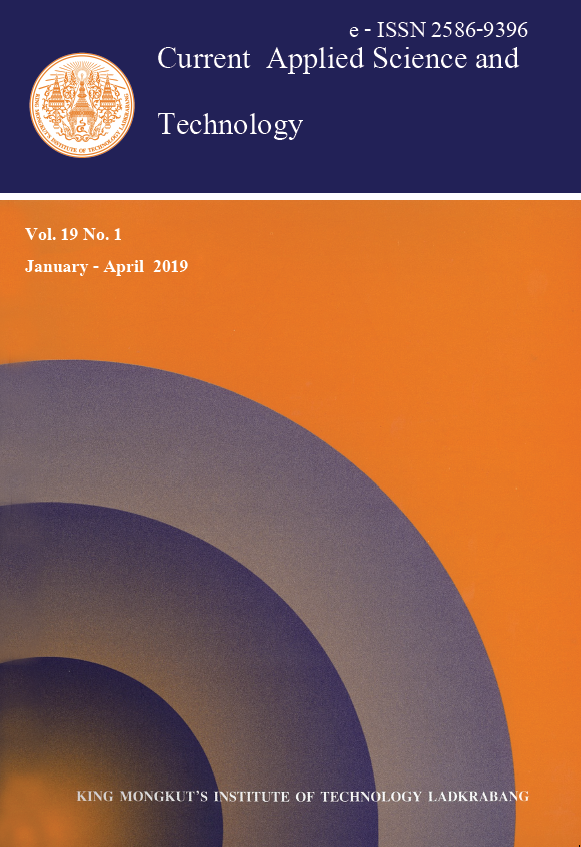Leonardite is by-product from lignite mine found in northern Thailand. Leonardite is generally known as natural source of humic substances. Humic substances can be divided into three major fractions, i.e. humin, humic acids and fulvic acids. These fractions can be extracted by using solution adjusted to different acid alkaline (pH levels). Humin is a major product that can be extracted from Thai leonardite and it is over 80% yield of product. The morphology of humin is non-conductive bulk material with few porous structures. It can be used as adsorbent for dye adsorption or heavy metal and used as catalyst supporter. The synthesis of porous carbon from humin via carbonization process was investigated in this research. Humin was carbonized at different temperatures and characterized by SEM, FTIR, UV-Vis and BET. Porous carbon from humin was used in methylene blue dye adsorption. The result indicates that the particle size of humin was decreased with well-dispersed and non-agglomerate humin was observed in higher carbonization temperature. The adsorption capacity of humin was increased with increasing of temperature up to 700ºC and decreased at 900ºC according to surface area and porosity results. Although the carbon content of humin was increased at higher temperature, the function group used as adsorbent was decomposed.
Corresponding author: E-mail: apiluck.ei@kmitl.ac.th
Sayjumpa, J. ., Jomhataikool, B. ., Faungnawakij, K. ., Kuboon, S. ., Kraithong, W. ., Fuji, M. ., & Eiad-ua*, A. . (2019). Porous Carbon Adsorbent from Humin Derived from Thai Leonardite for Methylene Blue Dye Adsorption. CURRENT APPLIED SCIENCE AND TECHNOLOGY, 1-8.
